Airports Infection Prevention
A new study points out the importance of hands hygiene in airports
International and national air travelling has made the rapid spread of infectious diseases possible. Little information is available on the role of major traffic hubs, such as airports, in the transmission of respiratory infections, including a pandemic threat.
A new study, led by Niina Ikonen, Senior Specialist at Finnish Institute for Health and, investigated the presence of respiratory viruses in the passenger environment of a major airport in order to identify risk points and guide measures to minimize transmission.
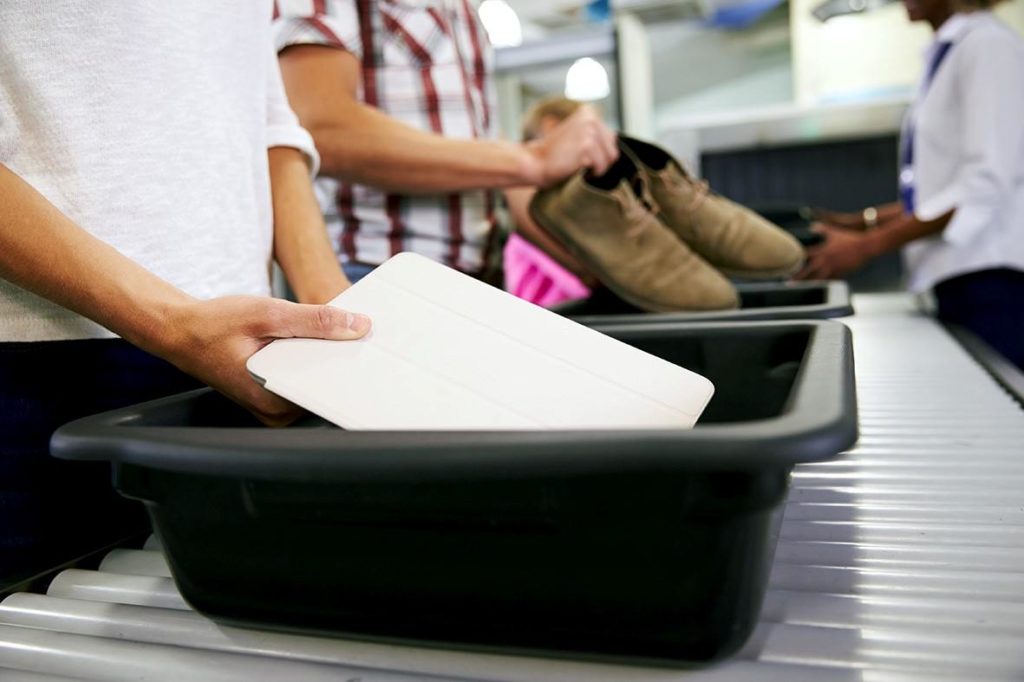
Tested surfaces showed pathogen respiratory viral surface contamination at multiple sites associated with high touch rates and suggests a potential risk in airport sites. plastic security screening trays appeared to pose the highest potential risk, and handling these is almost inevitable for all embarking passengers.
Surprising findings
Sources: Ikonen et al. Deposition of respiratory virus pathogens on frequently touched surfaces at airports BMC Infectious Diseases (2018);
https://bmcinfectdis.biomedcentral.com/articles/10.1186/s12879-018-3150-5

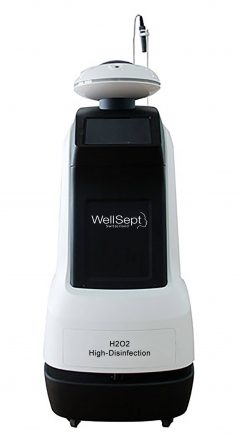
High Disinfection Surfaces
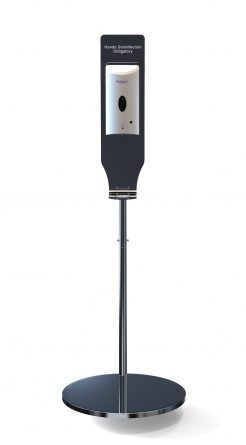
Hands Disinfection Stations
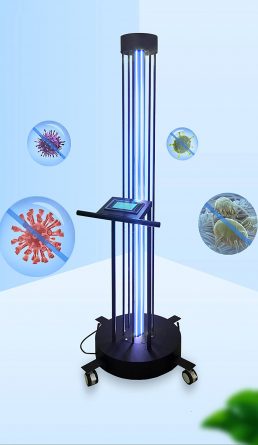
UV High-Disinfection
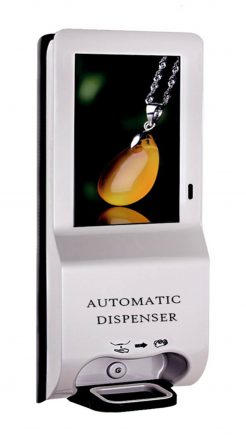
Multimedia Hands Disinfection

